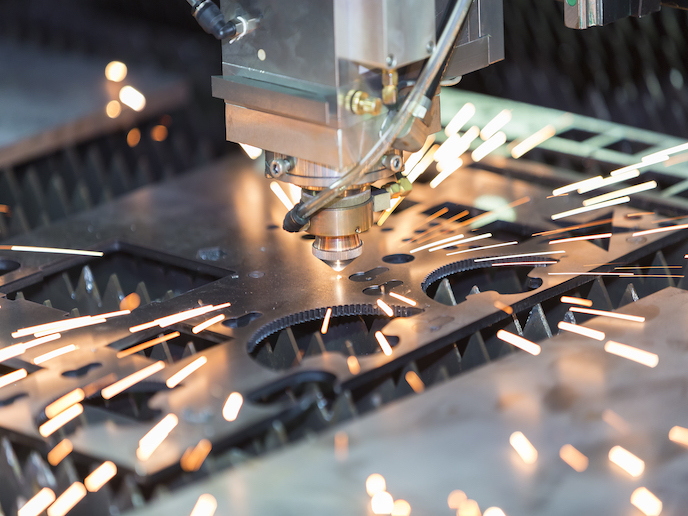Eco-efficient hydraulic systems
Grinding processes are used in the manufacture of machined parts in a wide range of industrial sectors, such as automotive, aerospace, bearing and guide-ways production industries. One of the main drawbacks in using grinding technologies is the required high energy and power consumption and consequently the resulting dramatic impact on the environment. Aiming to improve the energy efficiency along with its environmental aspects, the ENGY project addressed all issues related to the entire grinding process. More specifically, project work resulted in several eco-efficient machine prototypes and concepts for grinding and grind-hardening. The latter refers to shortening of process chains through utilisation of heat produced during grinding for hardening the work-pieces. Part of the project work concerned the optimisation of machine tool subsystems in order to fulfil the objective of energy consumption reduction. One of these involved the hydraulic system used in various applications in machine tools. Such applications include, for instance, hydraulic drives for main and in-feed movements and clamping devices for slides, work-pieces or work-piece handling. Normally, hydraulic systems need to work at both high and low flow rates and display certain advantages, such as low part volume and high power to weight ration. Despite these, hydraulic systems may display low efficiency, sensitivity to dirt and high heat generation. Addressing these issues, the ENGY project took into account all operation parameters of hydraulic systems and proposed two solutions to be adopted in their design. The first involves the use of two pumps, one for high pressure and another one for high flow rates at low pressure. Driven by one motor, the two-pumped system could be coupled via a valve for simplicity in installation, using one hydraulic circuit instead of two. Additionally, since the high flow rates are only required at short interval times, the second suggestion focused on the use of a high pressure storage facility. This would allow pump operation in an interval mode providing the option of pumping smaller flow rates under storage conditions. For further information on the project, click at: http://www.lms.mech.upatras.gr/engy/







